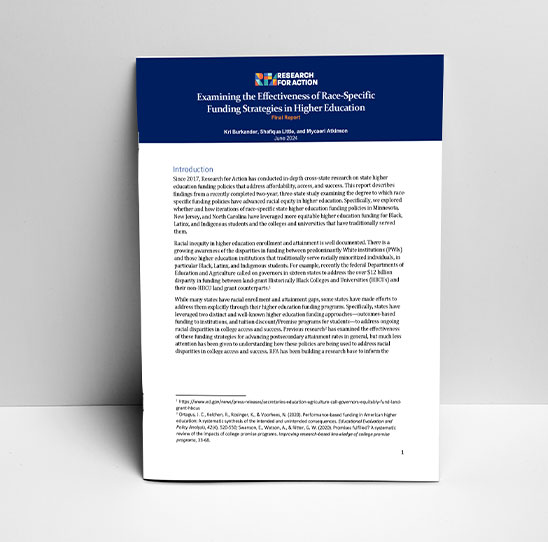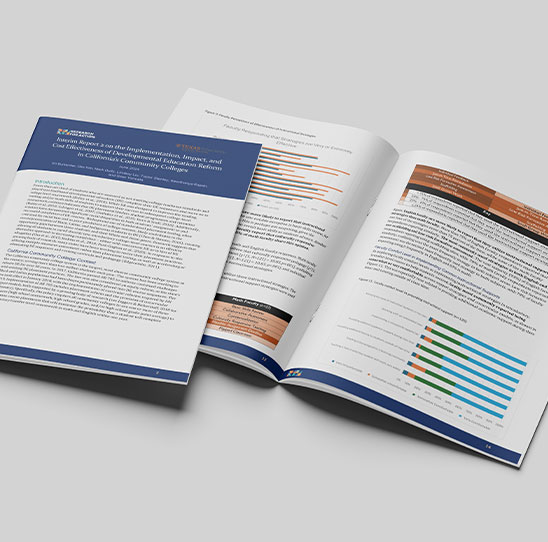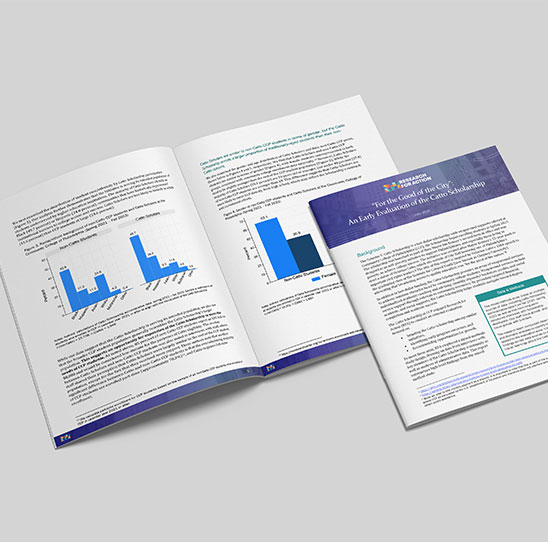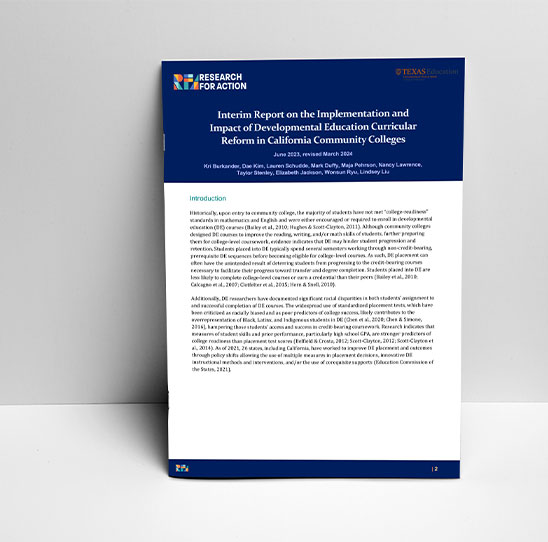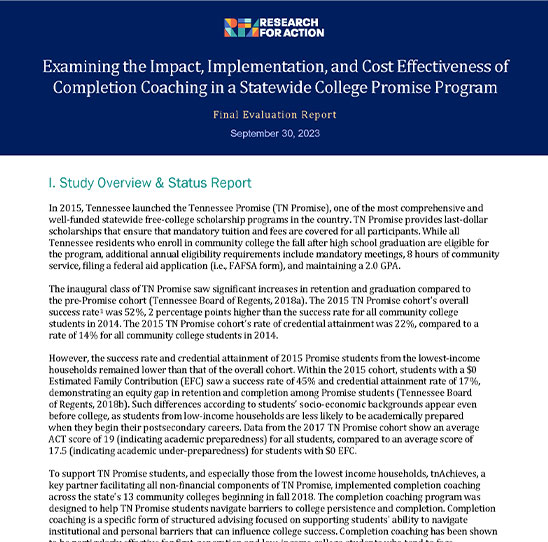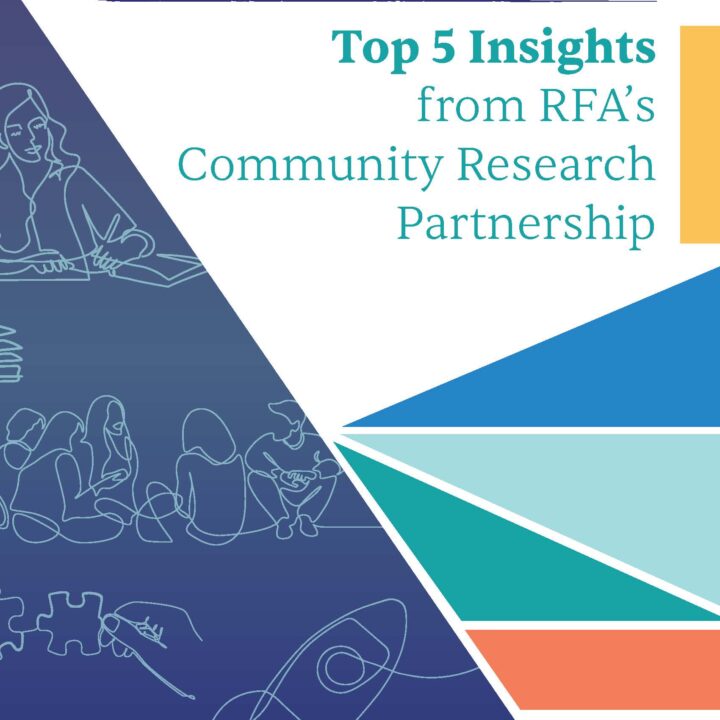As states reckon with racial enrollment and attainment gaps in higher education, some have made efforts to address them through their higher education funding. Two common approaches are outcomes-based funding (OBF) and Promise programs, as each can be designed with an explicit race equity lens. This report summarizes a two-year study examining the degree to which these race-specific state funding policies have advanced racial equity in higher education. Exploring initiatives in Minnesota, New Jersey, and North Carolina, this study examines how these policies aim to dismantle racial inequities by directing resources toward Black, Latinx, and Indigenous students and the institutions that serve them.
This study draws on 25 interviews with state policymakers and institutional leaders at a purposive sample of public four-year institutions. Researchers sought the perspectives of individuals at Minority-serving Institutions (MSIs), Historically Black Colleges and Universities (HBCUs), Native American-serving non-tribal institutions (NASNTIs), and Hispanic-serving Institutions (HSIs), but also selected one Predominantly White Institution (PWI) in OBF states to understand how, if at all, the funding model incentivized institutional change.
The research suggests that while policymakers express concerns that the amount of funding tied to race equity metrics is insufficient to motivate change, institutional leaders perceive that the metrics have steered funds toward under-resourced students and the institutions serving them. However, the report highlights that without addressing historical underfunding of MSIs and HBCUs, these institutions cannot compete equitably for funds under zero-sum OBF models. The report also suggests that the design of the formula, unfunded mandates, and competing state initiatives can undermine the impact of a race-explicit OBF.
Race-explicit Promise programs in this study were perceived to have bolstered enrollment and retention at participating MSIs. However, because programs were designed to cover only tuition and fees, respondents suggested that they were not providing an additional benefit beyond existing federal and state aid programs. Without covering the additional costs of college, including room and board, these programs fell short of making a four-year residential college experience accessible to students for whom they were designed.
The recommendations emerging from the research urge policymakers to consider the full ecosystem of postsecondary institutions when designing funding initiatives, ensuring that funding programs are additive rather than overlapping to maximize outcomes. The report also emphasizes the importance of supporting additional costs of college in Promise programs to promote equity for students experiencing systemic barriers.
